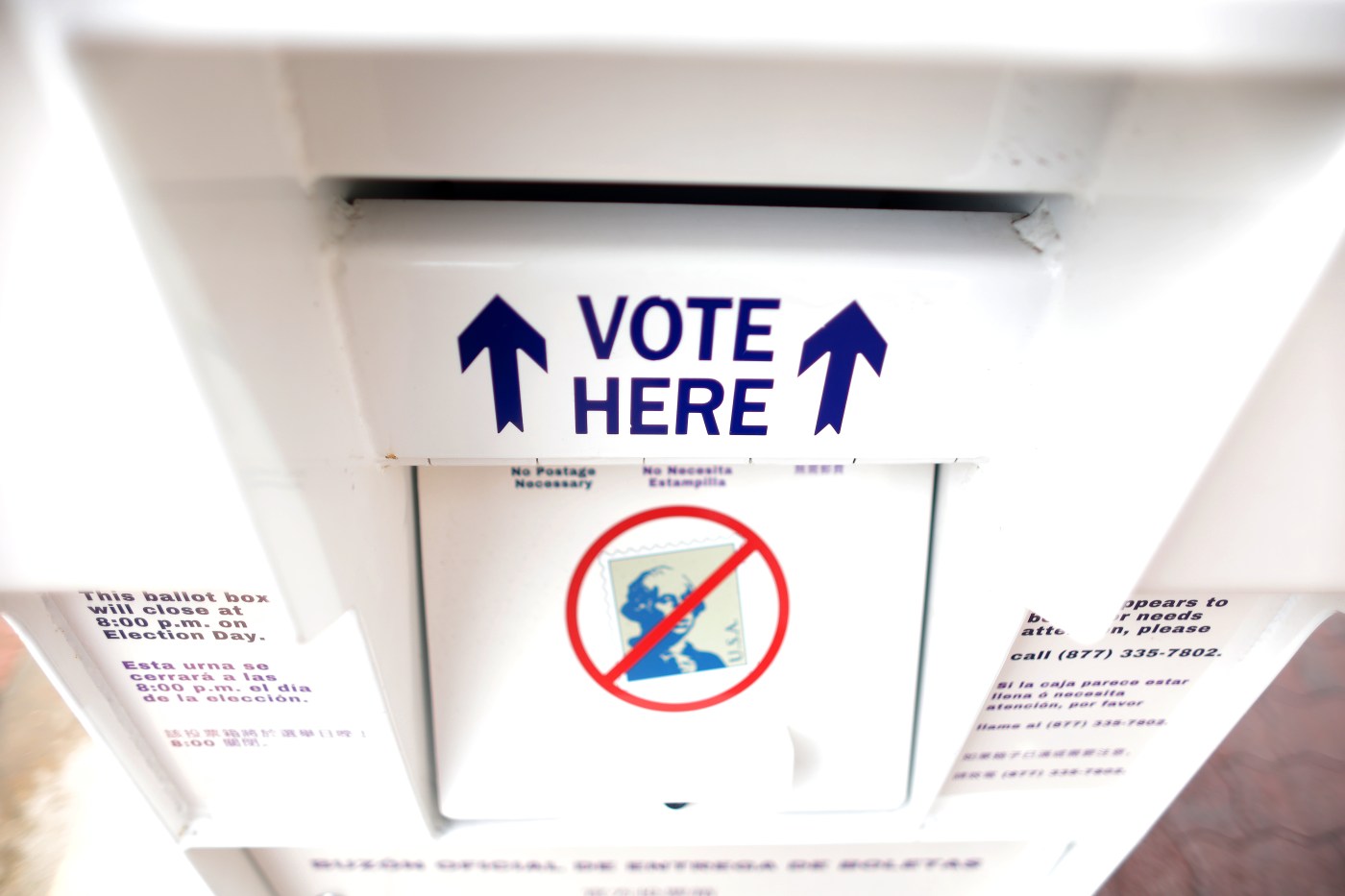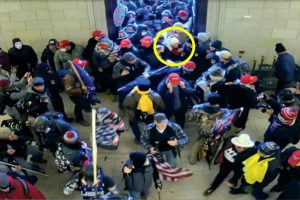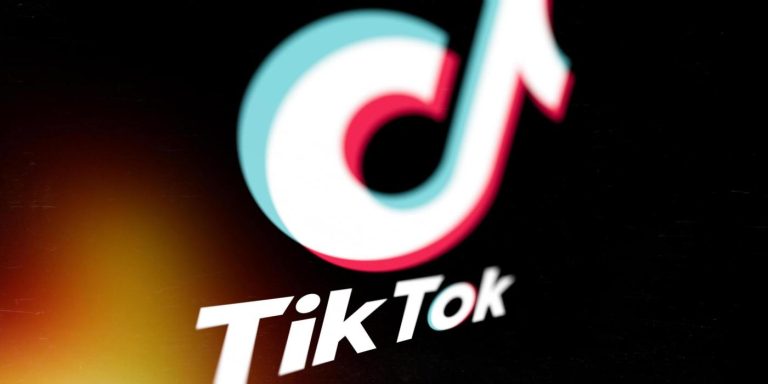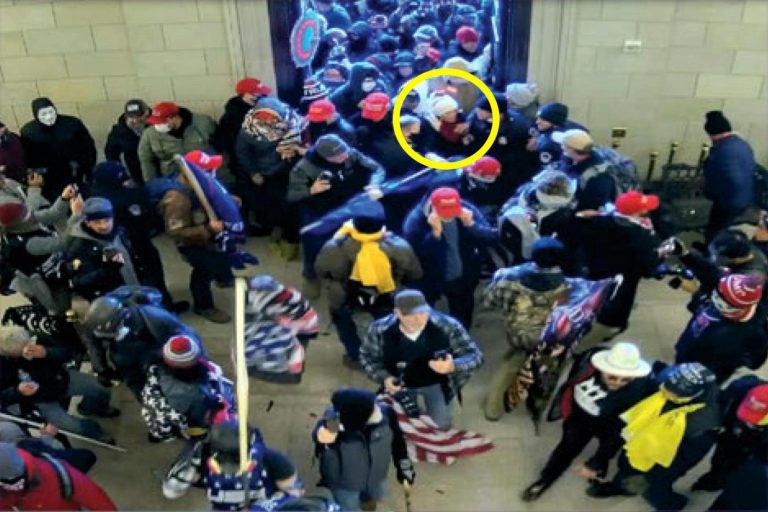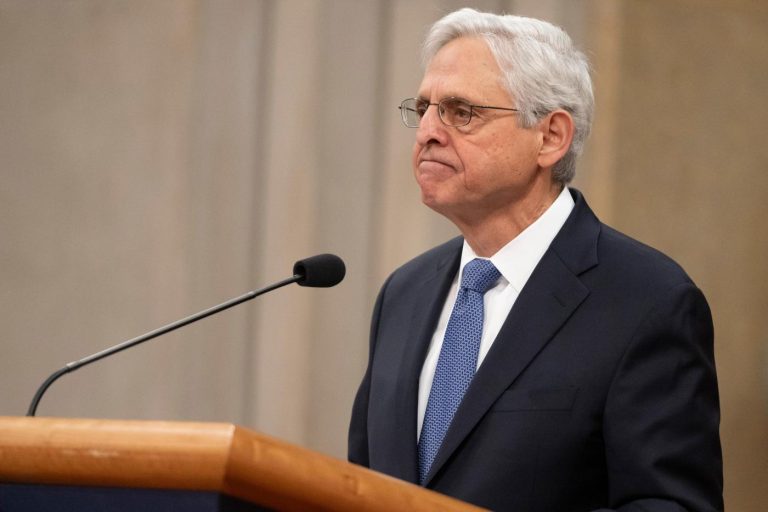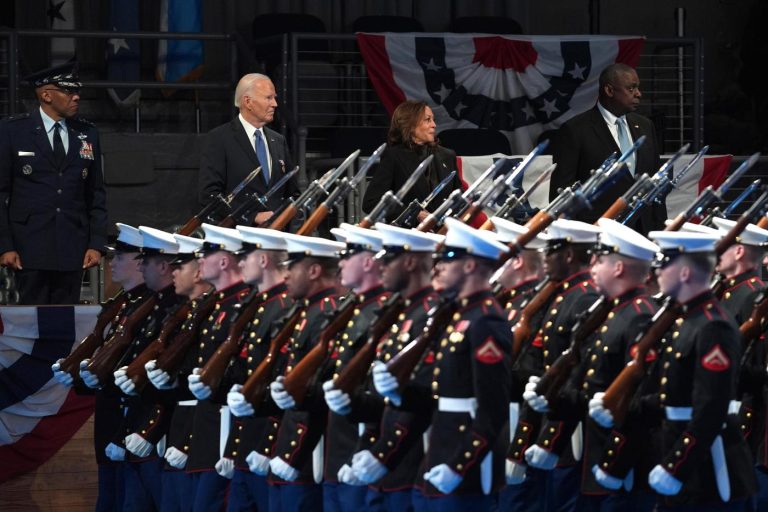Backers of Proposition 36, the California ballot measure that would toughen property and drug crime penalties to combat serial theft and the fentanyl epidemic, have been on a roll with a multimillion-dollar war chest and multiple polls showing supermajority support for the initiative.
But the measure’s opposition has gotten a notable shot in the arm in recent weeks, more than tripling their fundraising totals from the first nine months of the year thanks to a string of large donations — including a million-dollar donation that arrived on Friday. That funding coincides with a new TV advertising blitz they hope will help close a polling gap for Proposition 36 that has hovered around 70% in favor versus 20% opposed.
As of the last campaign finance reports through Sept. 21, the official Yes on Prop. 36 campaign had raised $10.6 million for the calendar year, compared to $1.7 million by the official No on Prop. 36 campaign. When adding in contributions collected by parallel fundraising committees, those figures grow to $11.4 million versus $1.9 million, a more than five-fold advantage.
However, records of donations given in the last three weeks show that the main No campaign — formally registered as the Committee to Protect Public Safety, Sponsored by Action for Safety and Justice, No on Prop. 36 — has received a string of six-figure and other large contributions totaling more than $3.9 million. That surge of funds, current as of Friday afternoon, is helping bankroll a new statewide advertising campaign aimed at dissuading voters from supporting the measure.
That ad buy includes spots broadcast over the last week during the Major League Baseball divisional playoff series between two California teams, the Los Angeles Dodgers and San Diego Padres.
The official Yes campaign — with the registered title of Yes on Prop 36 – Californians for Safer Communities, sponsored by Golden State Communities — has seen $1.1 million in donations come in since Sept. 21. The campaign has spent most of its cash and even made a $500,000 donation to the California Republican Party, which is perhaps a signal of its confidence heading toward Election Day on Nov. 5.
Campaign officials, however, are focusing their attention on voter outreach: For the Yes campaign, to reinforce their current standing and ensure that their polling support translates into votes, and for the No campaign, in the hopes of turning the tide.
“We take nothing for granted,” said Greg Totten, spokesperson for the official Yes on Prop. 36 campaign and a former Ventura County district attorney. “We are working every single day, up to and including Election Day, to secure voter approval of this initiative.”
Anthony York, spokesperson for the No on Prop. 36 campaign, said he is encouraged by the results of their direct voter conversations, which he says has been largely effective in persuading voters to join their side.
“The Yes side has done a pretty good job of misleading folks, and identifying emotional issues, and ignoring that Prop. 36 won’t solve those problems,” York said. “There is a lot of confusion out there. When more people learn about what 36 does, the less they like it.”
Totten makes a similar claim: “We know that when voters have seen, read or heard about the initiative, they’re inclined to overwhelmingly support it by a margin of 2-to-1.”
Backers of the measure want to drive down serial theft by undoing the $950 threshold for a theft to be charged as a felony, and stiffen punishments for drug dealing that has fueled the fentanyl and opioid crises. It also would revive a drug court infrastructure that provides those arrested for certain kinds of drug possession with the choice to enter court-monitored rehab or face up to three years in jail.
Among the Bay Area’s proponents for Proposition 36 is San Jose Mayor Matt Mahan, who co-founded the campaign committee Common Sense on Safety, Yes on Prop. 36. That group has become a political haven for state Democrats who support the proposed law change but don’t want to align with the GOP forces behind the official campaign.
Its existence is a reflection of how effectively Proposition 36 has been positioned as a middle ground for many on the left who support leniency for low-level offenders — but are also confronted with recurring imagery of smash-and-grab burglaries, organized retail theft, rising addiction to drugs like fentanyl and homelessness, and how those problems feed each other.
“This is a direction we must go in, and it’s long overdue,” Mahan said. “This is not an abrupt change. This is a movement we’re a part of, in demanding that our state be more pragmatic in addressing these interlocking issues.”
Polling to this point appears to validate that stance, with large majorities of polled voters who identify as conservative and independents voicing support for Proposition 36, and more than half of liberal-identifying voters joining them.
Opponents of the measure know their work is cut out for them. But they remain confident that the substance of their position — the belief that Proposition 36 is an overreaction to 2014’s Proposition 47, which shifted low-level drug offenses to misdemeanors and helped the state comply with a U.S. Supreme Court order to reduce its prison populations.
Related Articles
If the polls just closed, how can AP already declare a winner?
How AP uses expected vote instead of ‘precincts reporting’ when determining a winner
The AP has called winners in elections for more than 170 years. Here’s how it’s done
Why and how AP counts the vote for thousands of US elections
News media don’t run elections. Why do they call the winners?
They argue that Proposition 47 vitally diverted people accused of crimes, especially those borne from addiction and homelessness, toward support programs instead of jail, and that Proposition 36 would reinstitute higher prison populations and return the state to ineffective “War on Drugs” policies.
Advocates of the ballot measure say that Proposition 36 is a selective peeling back of Proposition 47 that preserves leniency but reestablishes latitude to deal with serial offenders who have exploited that same leniency.
Tinisch Hollins, executive director of Californians for Safety and Justice, a major backer of the No campaign, said voters should not be fooled by the characterization of the ballot measure as a happy medium. She referenced the nonpartisan Legislative Analyst’s Office estimate that Proposition 36 would raise state costs from between “several tens of millions of dollars” and “the low hundreds of millions of dollars” by increasing the prison population.
“Proponents of this proposition have really taken the language of reform advocates, but they’re taking advantage of voter frustration and fear. We all want treatment, and we all want more access, but the difference is the ‘How,’ ” she said. “This is going to be super costly, and that tends to be what tough-on-crime policies look like in the end.”
